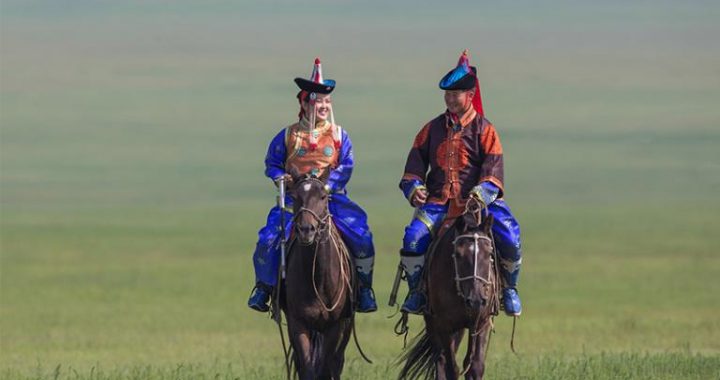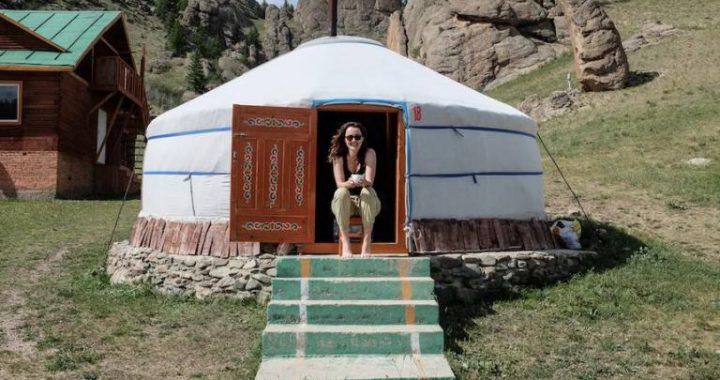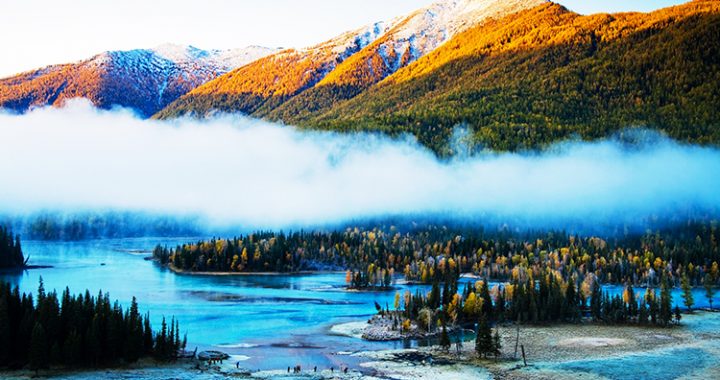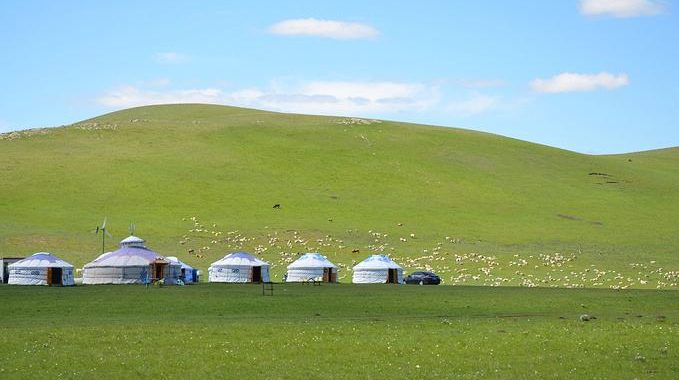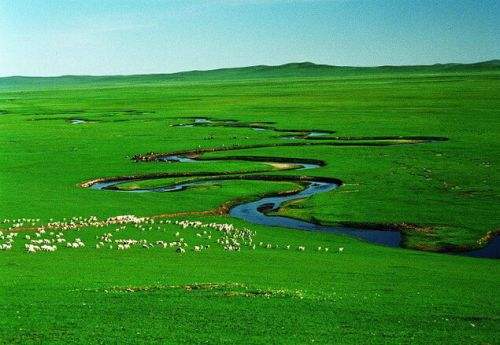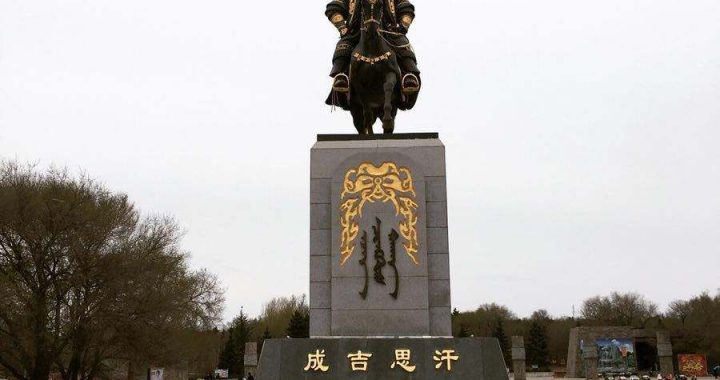Ancient black city
7 min readTo protect the Silk Road,the Han Dynasty had to enclose the banks of the Ruo shui and the delta of Ju-yan Lake within their military defence line.By stationing garrison troops in the delta,they opened up an important area for reclamation and developed agricultural irrigation.At that time,the Ruo-shui settlement area was mainly composed of the middle and lower parts of the delta and in the year 102 B.C.the famous Ju-yan City was built at the centre of the area.But if you go there today.you will see that everything has changed.What meets your eyes is a vast stretch of sand dunes.With the help of a local guide we were able to penetrate into this area fiv and a half years ago.We saw nothing but ruins of castles,beacon towers,houses,abandoned fields and irrigation ditches,broken earthenware,wells choked with sand,slightly worn millstones,antique coins,arrowheads and many other artefacts.The ancient Ju-yan Lake had shrunk to a small lake.Amidst the deep sand to the south-west of this little lake,we found the ruins of an ancient city bordering dried up river beds both on the east and south sides.Inside the ruined city walls,the surface was scattered with Chinese tamarisks and sand-sage.Judging from the ruins,we conjectured that it was a city of considerable size and tentatively inferred that it was the site of the city of Ju-yan.
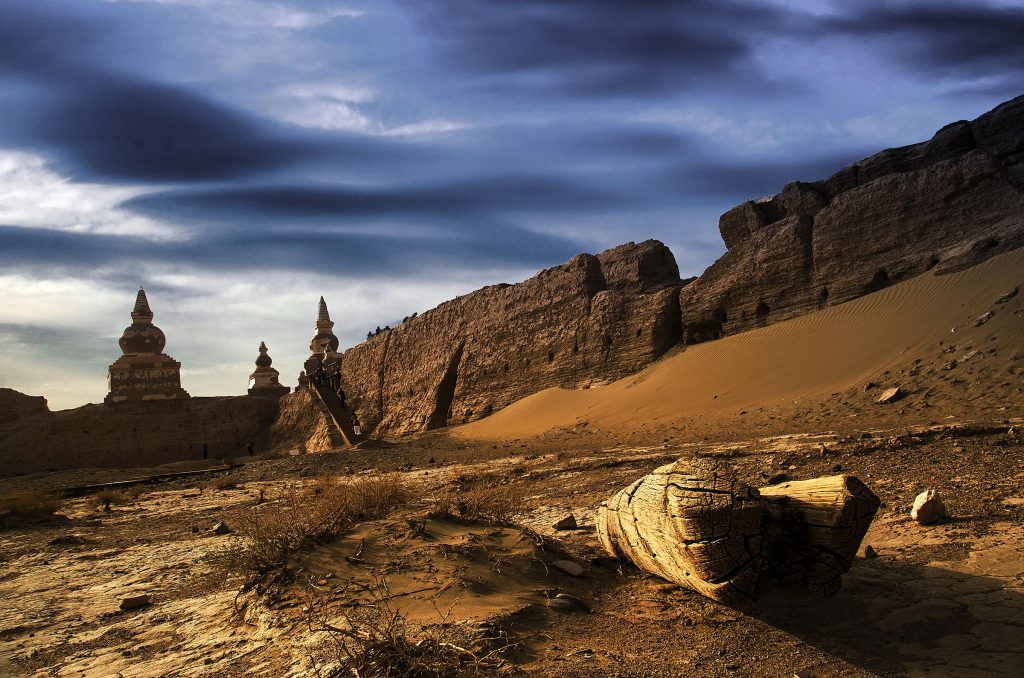
The city of Ju-yan,associated with an irrigated agriculture that flourished in the Han Dynasty,is now yielding a harvest of an entirely different kind.During the last fewdecades,excavation has brought to light great quantities of historical relics,which are called by archaeologists”the Ju-yan slips of the Han Dynasty”.The Han slips discovered here were not made of bamboo as in south China but of wood,on which were recorded documents and archives referring to the Ju-yan area during the Han Dynasty.They were strung together with cords and meant for preservation.More than 30,000 Han slips excavated in this area have been given the name”Ju-yan”.Stilmore are being dug out to add to the growing collection of historical data,rich and detailed in content.It is no exaggeration to call it a bountiful harvest.
Ruins of another ancient city lie some 15 kilometres south by west of the ruins which we have inferred to be the site of the city of Ju-yan.This is the famous Black City,much frequented and more than once excavated by native and foreign investigators.Way back in 1934 when I was a young college student,I read an article in the February issue of the same year’s British magazine The Listener,written by the distinguished Swedish geographer and explorer Sven Hedin,entitled”The’Black City’ of the Gobi Desert”.It immediately attracted my youthful interest,but it was not until50 years later that I was lucky enough to have a chance to visit the scene and see for myself the ruins of the ancient city.Although quite close to Ju-yan,the Black City,completed in 1035 A.D,was constructed much later than the former.Some 950 years ago,it was a local administrative centre,with the attribute”Black Mountain” preceding the name of the administrative division.Later it was shortened to Black City;in the Mongolian language it is called Chara Choto,which bears the same meaning.
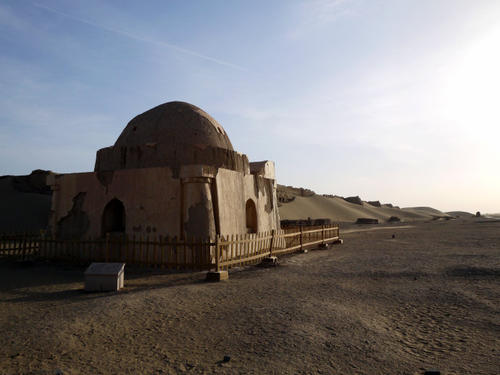
This area and the environs of the Hexi Corridor were under the rule of a local regime established by a national minority,known in Chinese history as the West Xia(1038-1227).The West Xia Dynasty was exterminated by the Mongols in 1227,the year when their illustrious chieftain Genghis Khan breathed his last.It was not until Kublai Khan,Genghis Khan’s grandson,had unified China and established the Yuan Dynasty that the Black City resumed its position as administrative centre of the region,with a new name Yijinai.The Venetian traveller Marco Polo passed through here in 1272,and by a roundabout route through the Mongolian Plateau,he reached first the city of Shangdu,built by Kublai Khan and later the city of Dadu,predecessor of the presentBeijing.Yijinai is now written in Chinese characters as 额济纳(Ejin),whereas in Marco Polo’s Travels it is Etsina.Marco Polo stated that he had to acquire stocks of food for forty days there before continuing his journey,which shows that the neighbourhood of the Black City was still an agricultural area at that time.
To reach the Black City today,one has to cross a desolate and unpopulated desert,only a little easier than to approach the ancient city of Ju-yan.The walls of the Black City still stand lofty and magnificent in the desert today.They look as if they were square,but actually the south wall is 425 metres long,15 metres longer than the north wall;and the east wall is 405 metres long,48 metres longer than the west wall.
On the city walls,we saw stones that had been used as projectiles in ancient times,still piled there as if the garrison had been preparing for a defensive battle.The strange thing is that historically the city was actually taken after a fierce battle.But the stones have remained undisturbed on the city walls ever since,suggesting that the city may have been abandoned as soon as the battle was over.That decisive battle took place in the late 1360s when the emergent Ming Dynasty,having captured Dadu and exterminated the Yuan Dynasty,dispatched a contingent of troops to take the Black City in their advance westward.They stormed into the city and reduced its buildings to ashes.When the expedition was finished,not only was the Black City abandoned,but the middle and lower reaches of the Ruoshui River were separated from the Hex Corridor by the newly-built Great Wall.The Ming Dynasty concentrated the energy exclusively on developing the Corridor. The ancient Ju-yan area, protected by an earlier Great Wall, was now given up as “beyond the frontier”and no further effort was spent on its development.
From our investigations, we are of the opinion that the area reclaimed during the Han Dynasty, with the city of Ju-yan at its core, consisted mainly of the middle and lower parts of the ancient Ruo-shui delta. Reclamation by the West Xia and Yuan dynasties, with the Black City at its core, shifted to the upper middle part of the same delta. Certain places were reclaimed on the basis of work done in the Han period; in fact, the Black City itself may have been built upon the ruins of a Han castle. From the Han Dynasty down to the West Xia and Yuan dynasties, the southward shift of the reclamation area was directly related to the drying up of waterways in the delta area.
This, however, is a subject undergoing further investigation.
Land Reclamation and Desertification
The ancient Ju-yan area is an outstanding example of desertification occurring in historic times, but many other places in west Inner Mongolia Autonomous Region have suffered a similar fate. During the early years of the Han Dynasty when the Ju-yan area was first reclaimed, another area of importance was also being reclaimed on the south prairie west of the Yin Mountains. Although the average annual rainfall here was higher than in the ancient Ju-yan area, it nevertheless turned into a desert in the end. This area is situated in the north of the present Ulanbuhe Desert. In Mongolian, “ulan”means “red”and “buhe”means “bull”, the whole phrase signifying that the scourge of the wind and sand is like an unruly bull. The north part of the Ulanbuhe Desert was originally an alluvial plain formed by the Yellow River, flowing in ancienttimes north along the west side of the Ordos Plateau, heading straight for the foot of the Yin Mountains(Fig.8-3). There it turned east and formed the first abrupt turn at the Bend of the Yellow River. As early as the late Pleistocene epoch, the river bed had begun to move eastward long before reaching the Bend. This movement still continues gradually to the present day. During the process of eastward turning, water from the Yellow River frequently overflowed into a lake occupying the deserted old river bed, and occasionally flooded surrounding low-lying country. More than 2,000 years ago, when the Han Dynasty first began to open up this area,a long narrow lakeran from east to west at the foot of the Yin Mountains. It was called Tusheng Lake.
During the Han Dynasty land was reclaimed on the alluvial plain to the south of this lake. People were moved here to settle on the land and military fortresses were established to defend the new settlements against invasion and plunder by Huns from the north. During this period, hordes of settlers moved from the hinterlands to the banks of the Yellow River near the southern edge of the Yin Mountains, including thenorthern part of the present Ulanbuhe Desert and the Ordos Plateau. In 127 B.C. alone no fewer than 100,000 people moved here. The western part of the Yin Mountains and the plains south of Tusheng Lake were particularly important as areas for new settlements.A broad and smooth mountain path to the north-west of Tusheng Lake passed through the gorge of the Yin Mountains and afforded an important pass leading to Hun territory beyond the mountains.To defend the southern entrance to this pass,a small stone fort was built on the steep slope to its west.This fort,the renowned Cock and Deer Fort,has been preserved to this day.
